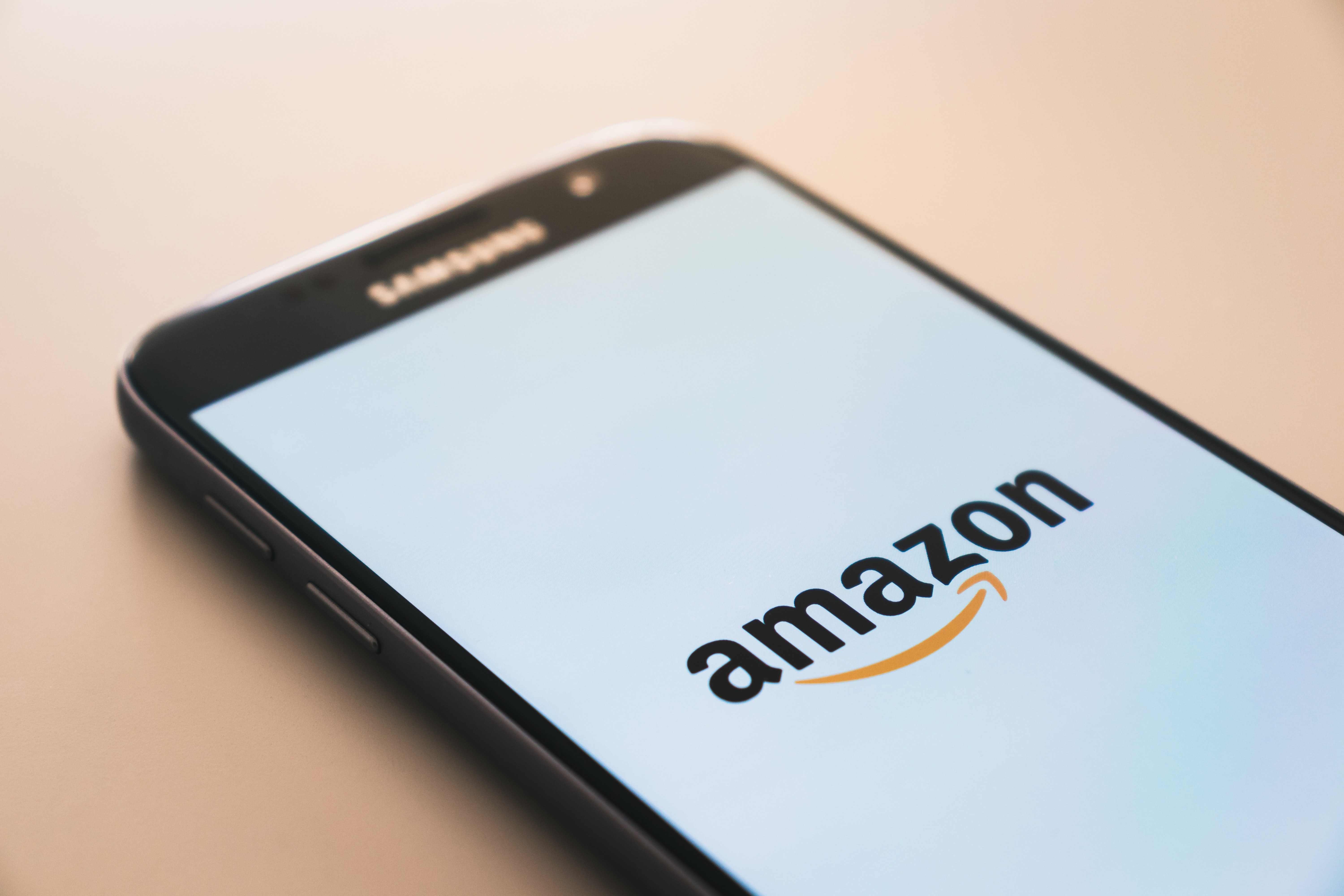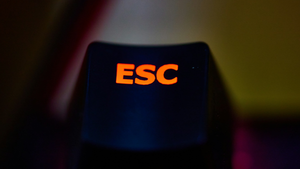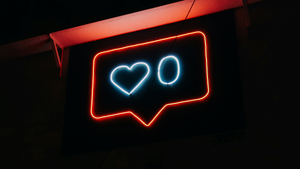
We talk a lot about the dangers posed by major tech companies and the platforms that now mediate much of our lives, but sometimes it can be a bit unclear how we address them. Is the solution just to break up the companies or otherwise reduce their power and influence, or are there deeper questions here that have arisen from how they’ve shaped markets and the economy over many years that will need to be teased out if any solutions are to be effective?
I don’t have all the answers to these questions, but I wanted to expand on some thoughts I’ve had after reading a recent report by Moira Weigel on Amazon’s third-party sellers called “Amazon’s Trickle-Down Monopoly” that I feel provides important and quite novel insights into the Amazon model that may not be effectively captured by how we tend to talk about the company and the broader tech economy. That’s important not just for how we approach Amazon, but also how we think about how other companies have been shaping the wider economy, making the problem more complex.
How Amazon Shapes the Economy
In Weigel’s report, she writes that when we think about third-party selling on Amazon, we often imagine a small business or mom-and-pop shop that eventually recalibrated its operations to start selling online through the dominant ecommerce platform as it consumed a greater share of retail sales. But that’s not an accurate picture of how it works. Instead, Weigel explains that many businesses fail in their pivot to Amazon, and the success comes when they build new businesses that are modeled around the unique dynamics of Amazon. As she puts it,
Time and again, interviewees described how succeeding on Amazon required them to behave like miniature Amazons, and to discipline their employees or contractors to do the same. The key difference, of course, is that they must do so without access to the capital that Amazon commands, without insight into much of Amazon’s data, or the ability to make any claim should they suffer harms from Amazon itself or from other third parties.
In this way, Amazon itself is not solely spreading its model throughout the United States, China, or the wider world. It certainly does some of that work, but the third-party sellers are an essential force in extending the dynamics that allow Amazon’s model to continue to thrive and for its footprint to continue expanding — and it’s moving even further in that direction as it places greater emphasis on using third-party sellers, from which it extracts massive fees. New data from Marketplace Pulse suggests Amazon’s average cut of a transaction was more than half of the sale price for the first time in 2022.
Even further, that’s reflected in the colonial language that sellers use to describe various periods of Amazon’s rise, such as “The Wild West,” in reference to its expansion in the first half of the 2010s, or “The Jungle” as it went international through the second half. By using these terms, sellers also provide insight into how they see Amazon itself.
On the one hand, my interviewees were suggesting that Amazon’s marketplace itself was a frontier. These analogies cast the speaker as a conquistador, homesteader, or 49er, racing competitors from around the world to claim their piece of the terrain that Amazon had made it possible to seize from brick-and-mortar retailers. Yet, if sellers were imagining Amazon as a territory, they frequently spoke of its state-like authority, too. Amazon created programs that sent aspiring sellers all over the world—to struggling Big Lots stores in Missouri, sourcing fairs in New Delhi, and factories in Guangdong—to claim ever more resources for the company.
Amazon is not only transforming the businesses that get created, but also shapes how they function to serve its ultimate ends of expansion and growth. Weigel describes this reliance on a large network of third-party sellers as being like a form of decentralization that then encourages a further recentralization as breaking things apart allows Amazon to build a more dominant position. It also means those “mini-Amazons” are beneficial to the main entity in other ways: Amazon can not only use the presence of so many small businesses on its platform for PR and lobbying purposes, but also to get them to advocate for policies that ultimately benefit Amazon’s further expansion while appearing to be about supporting small business.
Once we recognize this reality, the question of how to respond arises, but is also complicated. It’s not as easy to say that Amazon is simply helping small businesses, as its supporters would argue, or that it’s destroying small business, as is common in anti-monopoly conversations. Weigel explains that the real concern of sellers is Amazon’s bad governance of its platform, which can have serious consequences for them when counterfeit products aren’t removed quickly enough or automated actions are taken that they can’t quickly resolve.
The harms that my interviewees described did not only—or even primarily—result from Amazon’s abuse of its third-party competition. They arose from how Amazon’s platform has restructured the social relations that comprise the global retail industry. They did not have to do with Amazon eliminating competitors so much as it did with the rules it set for how business could be conducted.
Once Amazon sets the rules, a significant chunk of the economy has to rearrange itself to align with the model it’s created. But how does that work in other sectors?
Similar Dynamics in the Creator Economy
I wanted to lay out those details about Weigel’s report not only because it’s fascinating to understand the extent to which Amazon has reshaped so much commerce in its own image, but also because it suggests other companies with dominant platforms can (and are) doing something similar. In particular, I wanted to compare this to the “creator” economy. It’s a term we hear more and more often that’s supposed to describe all of the artists, media workers, streamers, and various other professions who make content for social media and video platforms like TikTok or YouTube and sometimes are able to make a living off that work.
The creator economy is framed as a form of opportunity: anyone can start making content on the platform(s) of their choice, and have the chance to make it big if that content resonates. It’s a powerful narrative that’s been crafted over nearly two decades, but ignores the reality of how these markets work. Since there’s an incredibly low barrier to entry, people will personally invest their time, labor, and capital to make writing and videos that fill the platform with content, thus creating the incentive for users to consume it and stay on the platform. Typically, some revenue is then shared with the “creator,” but how much can vary widely based on the model of the platform in question.
While the companies act as though there’s ample opportunity, the reality is that the creator economy — especially as these platforms make it easy to operate at a global scale — is a superstar economy where a small number of people still capture the lion’s share of the revenue. Many people will never make a living off the work they put into the platforms, while the companies will still receive the benefit of their labor. But that also creates a pressure to keep searching for small advantages over competitors, such as adopting new technologies that erode collective power but may have a short-term benefit to the individual. The recent claims of “democratizing” animation by Corridor Crew after using AI tools to rip off Japanese animation are an example of this, but can also include groups like self-published authors who are incentivized by Amazon to adopt new tools to become more productive so they can churn out more books.
Beyond that, as platforms become the dominant means for people to access media and entertainment, they also reshape how those industries work. We’ve already seen the effects on journalism as companies like Google and Facebook have absorbed ad revenue that would’ve previously gone to news, and how their status as the gatekeepers for many people’s access to news can shape the entire industry. The most obvious example is the “pivot to video” pushed by Facebook that eventually led to mass layoffs when it was revealed Facebook’s metrics were faulty. But it goes even further.
The move to music streaming has altered the construction of songs to better work for platformized consumption. Netflix and streaming video have also affected the type of entertainment that gets produced, altering television structures, work practices, and compensation. In the broader social media space, including platforms like YouTube, “creators” are constantly trying to understand the algorithm and the dynamics of the platform to maximize their potential reach, whether that means restructuring the format and length of their content or even focusing on particular topics that they know will do well. Across the industry, tech companies wield dominant positions to shape how people work and who ultimately benefits.
The Takeaway
I obviously can’t outline every aspect of how this works, but the point is this: As these tech platforms have become the mediators of our access to news and entertainment, they also reshape it and the ways it’s created. While we talk about the opportunity of the creator economy, the reality is that the primary beneficiary is always the platform, yet it can take advantage of the fact that many people are reliant on them for their livelihoods (or hoping they will be) to frame their role as market-shapers as benevolent. This plays out differently on a platform like YouTube than on Netflix, for example, but there are still similar forces at play, reflecting what Weigel describes about Amazon.
On a higher level, this means that when we consider how to respond to the effects of tech companies, it’s not just to think about their policies and power, but also how they’ve reshaped whole economic sectors around the market conditions they’ve created and what the effects of that have been. In particular, there’s a need not to be blinded by their PR, especially when they’ve made a lot of people reliant on them for their incomes. That’s not to say everything needs to be dismantled and removed, or that there are no positive outcomes of the economies these platforms have enabled. But the companies intentionally created dynamics that erode the collective power of workers while expanding their own power for a reason — and just breaking them up or seeking to alleviate some of their worse policies won’t change everything for the better when their effects have been much deeper.





Member discussion